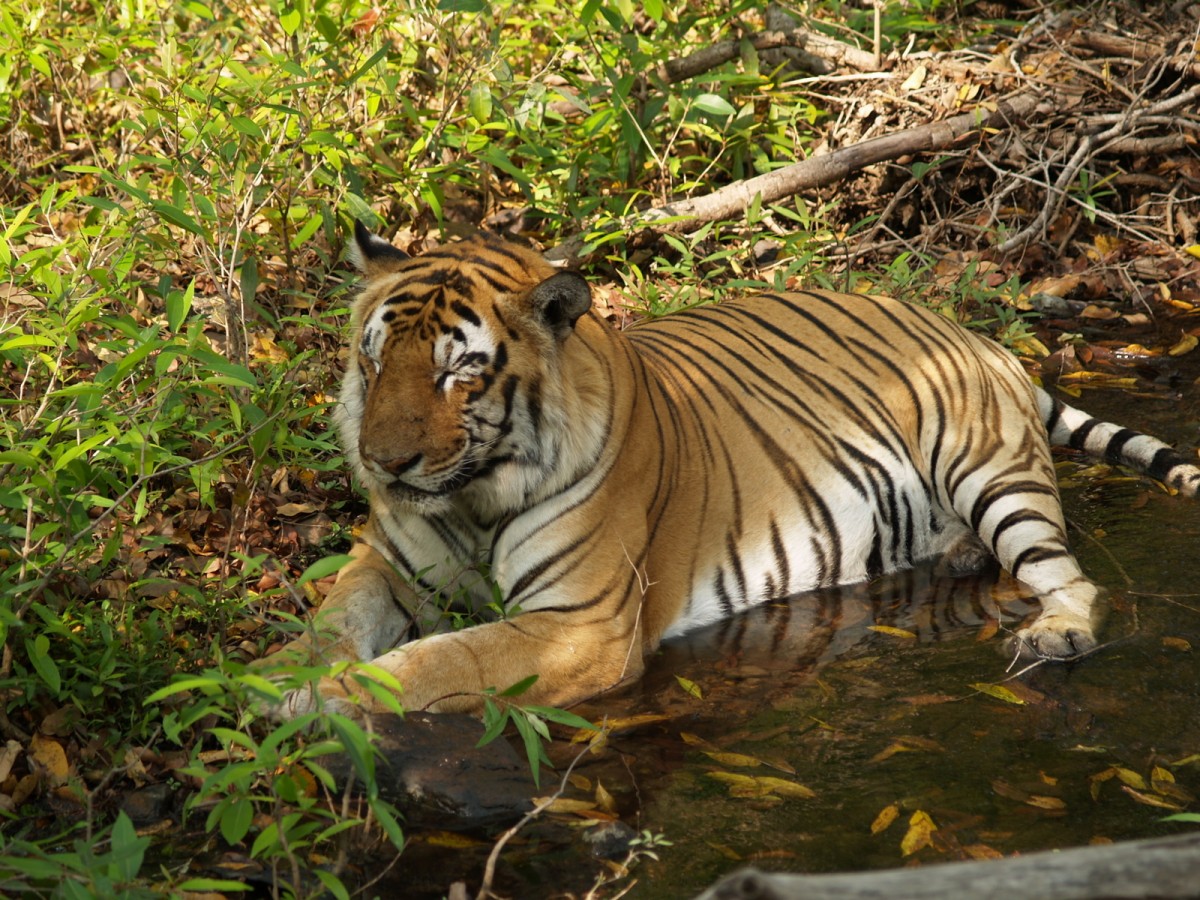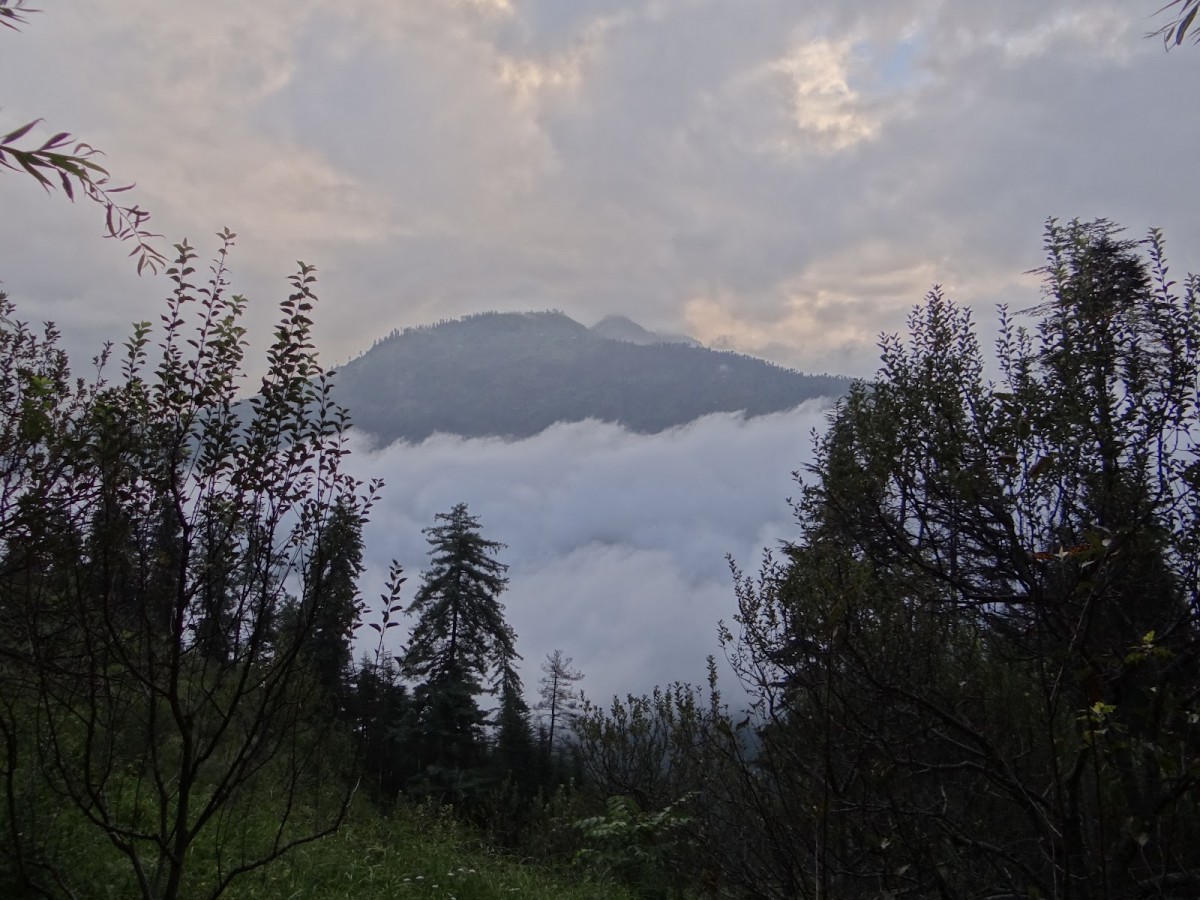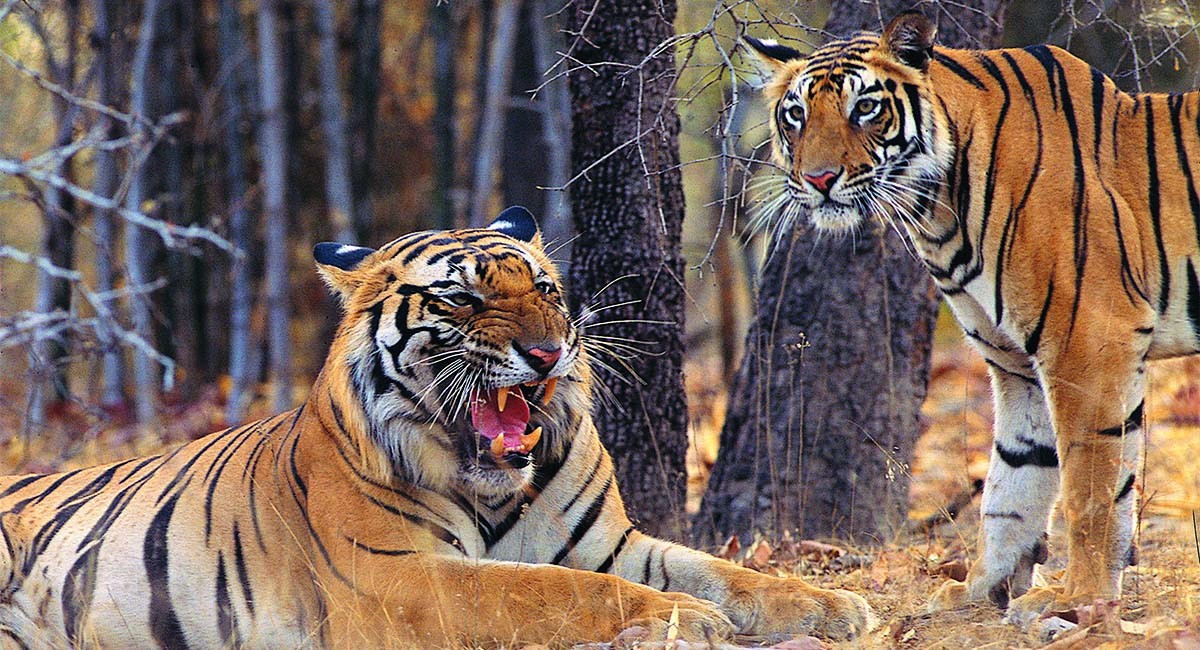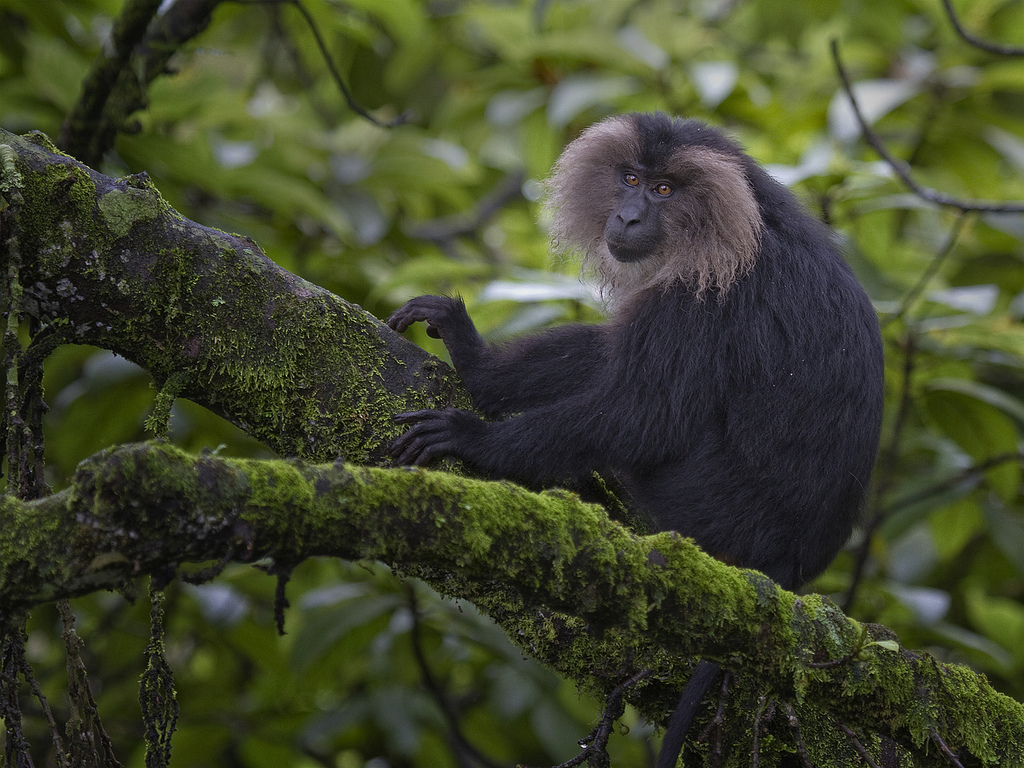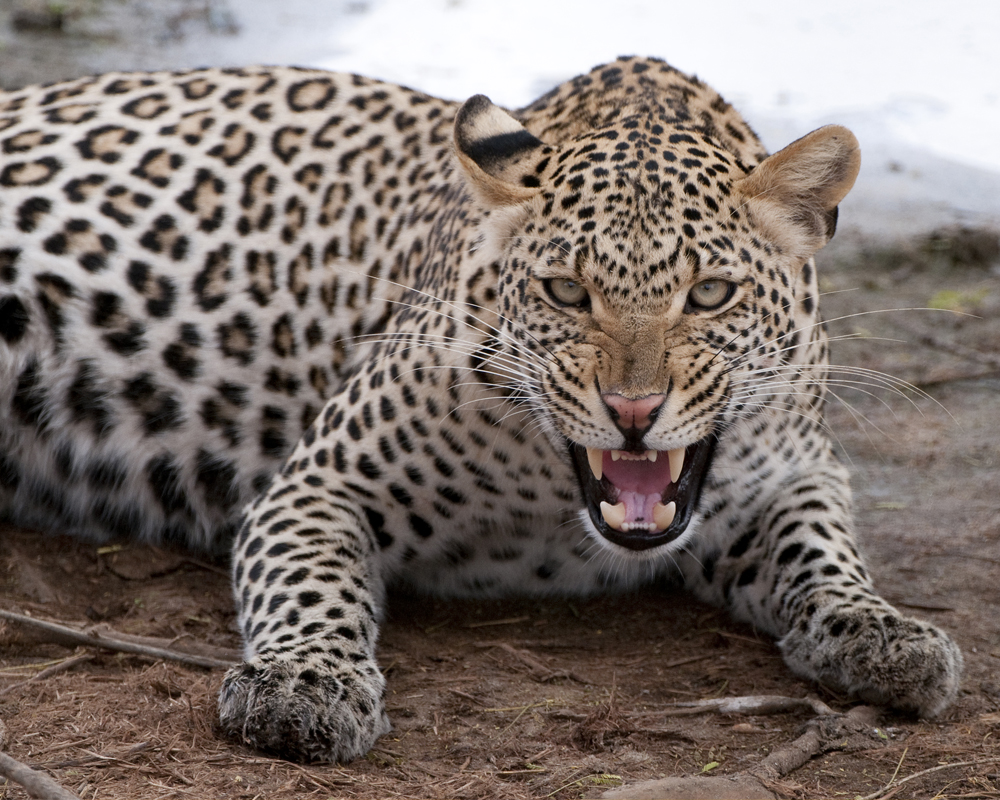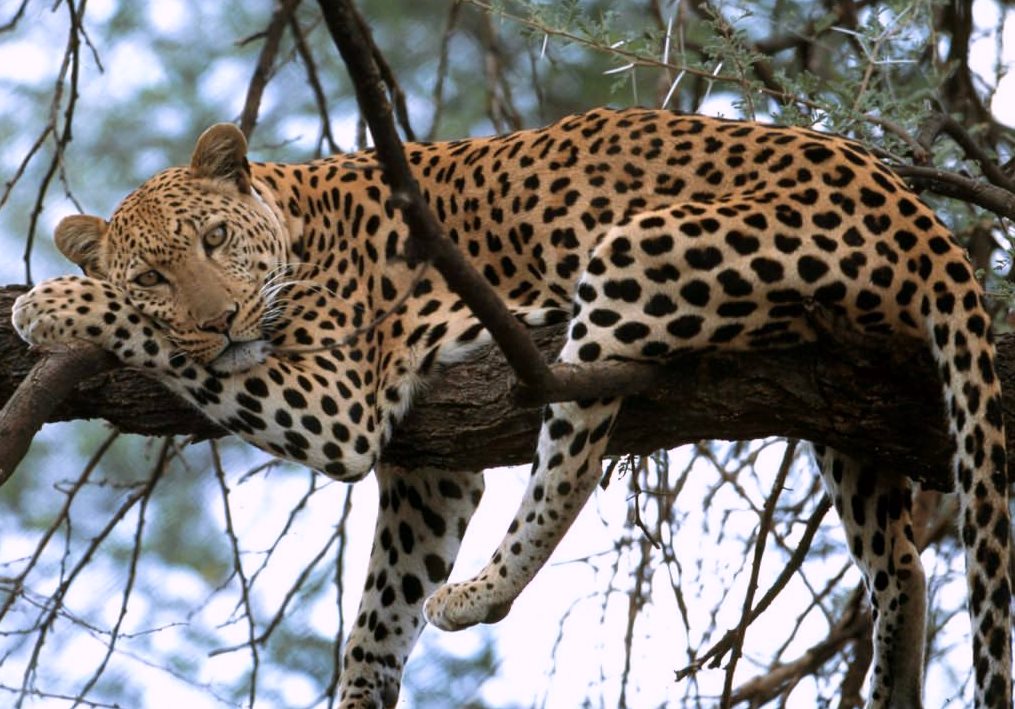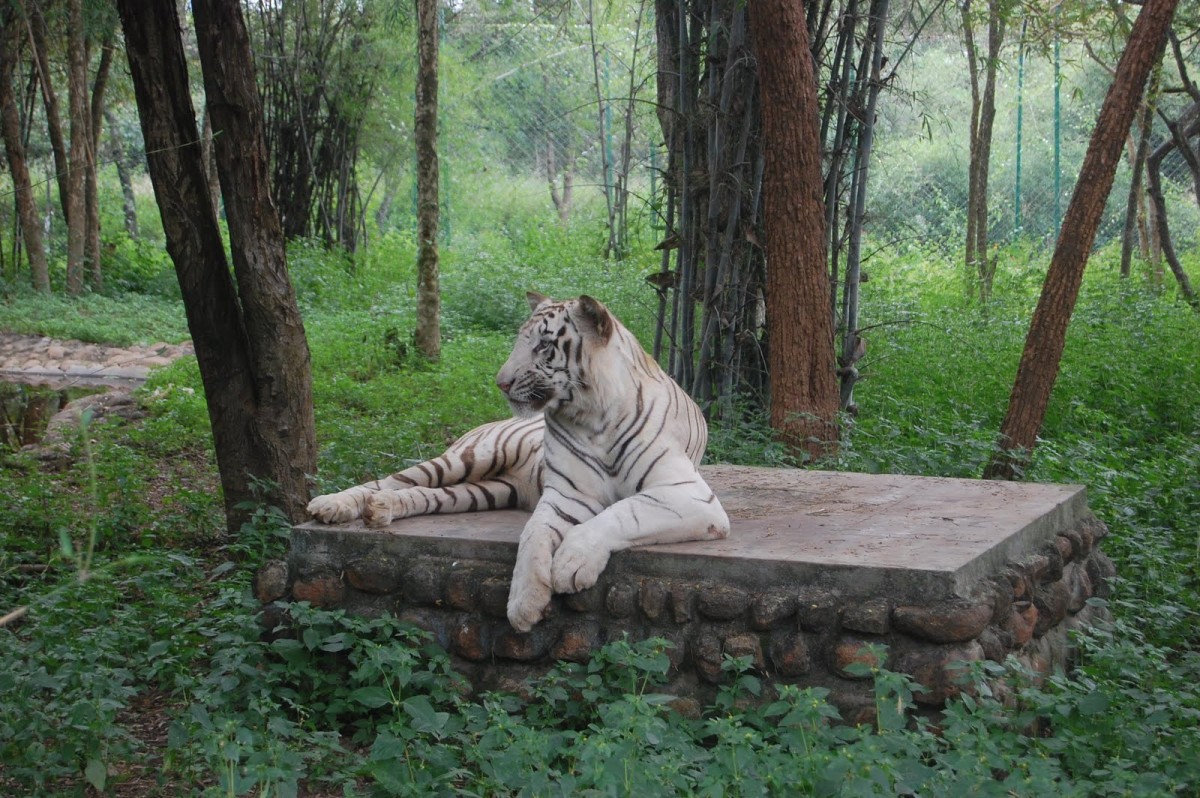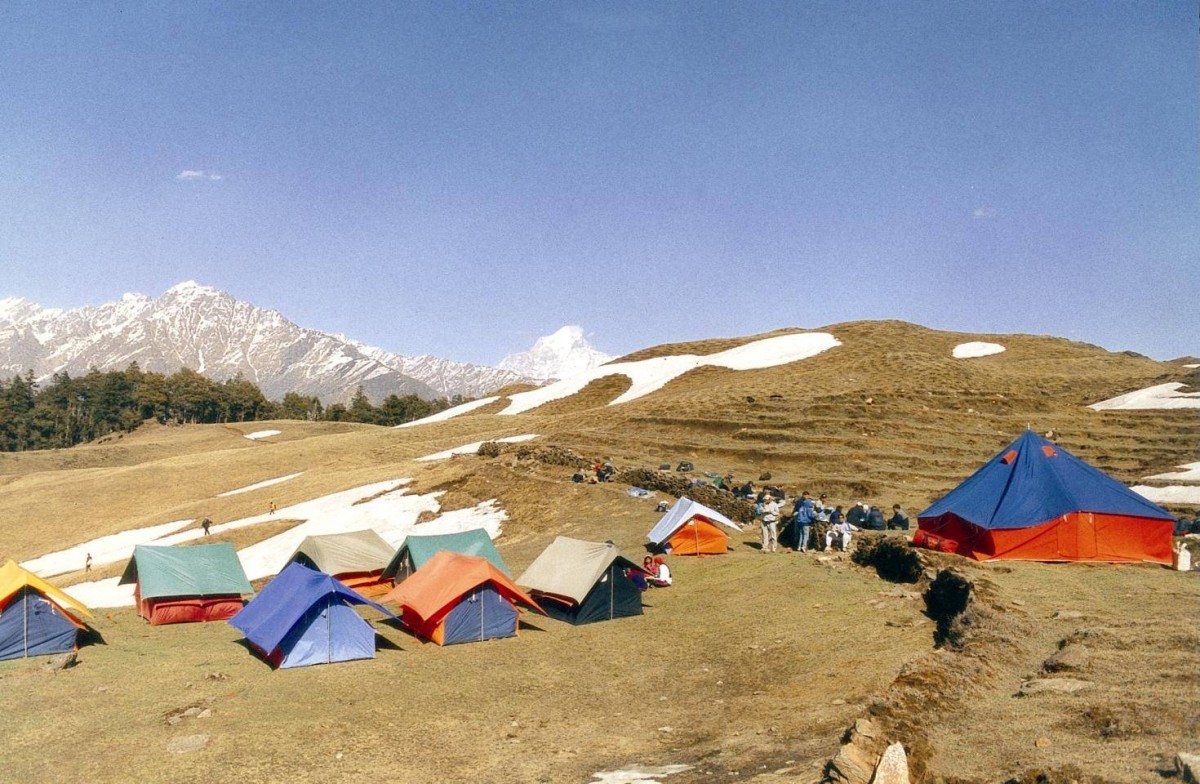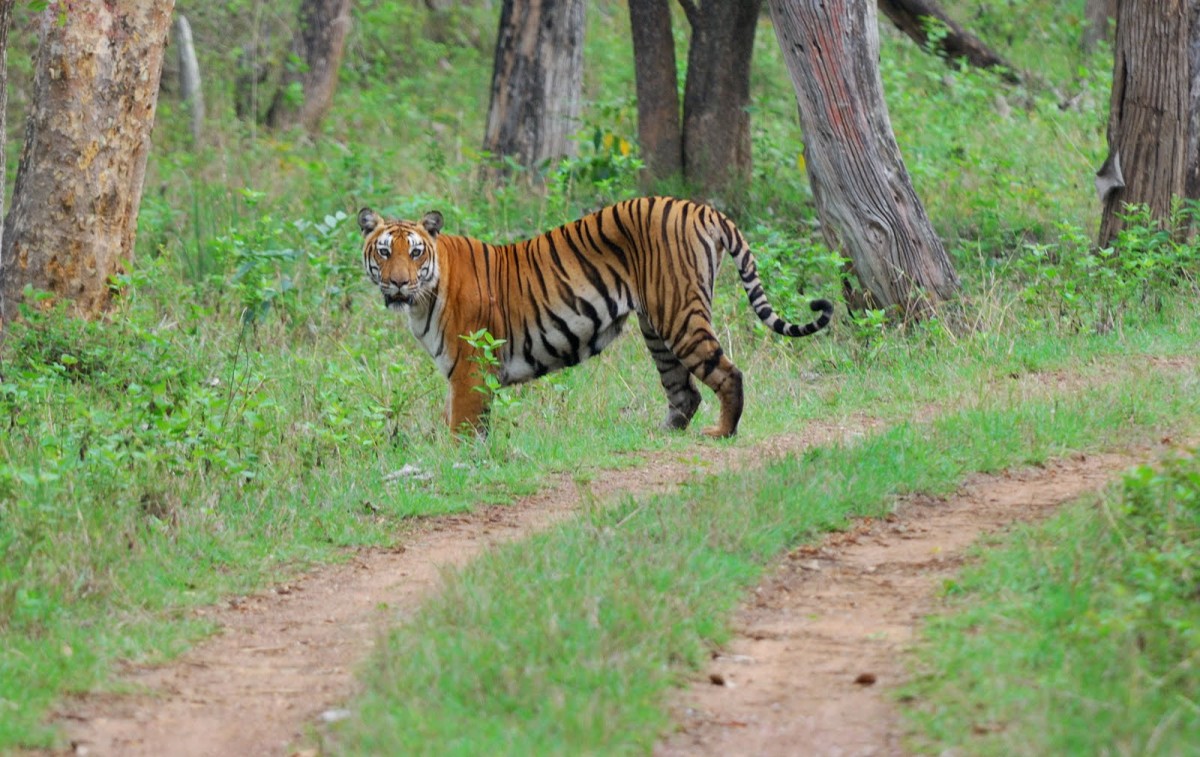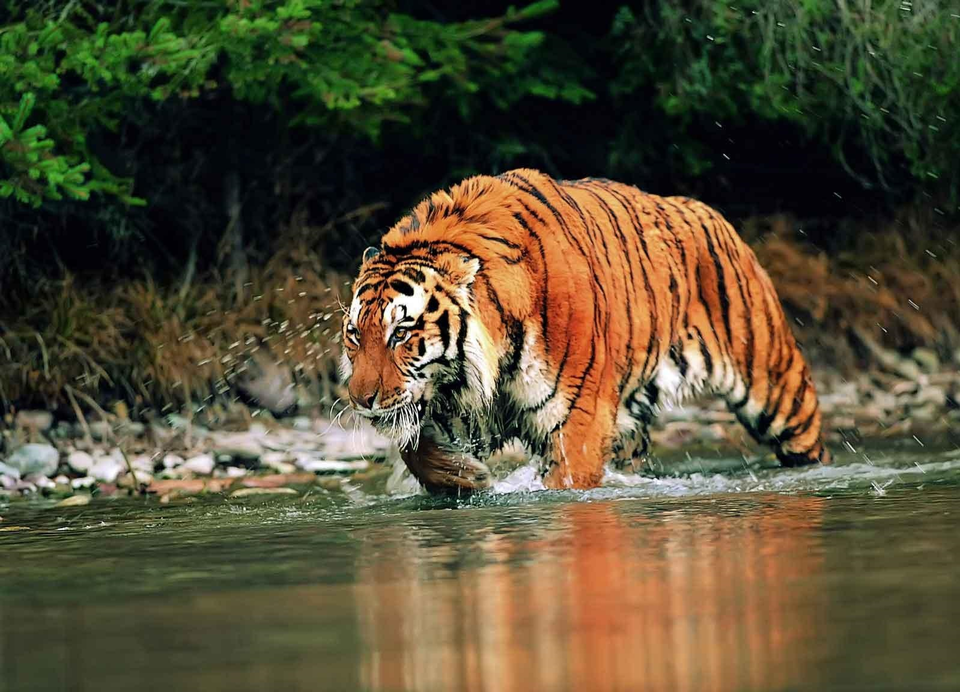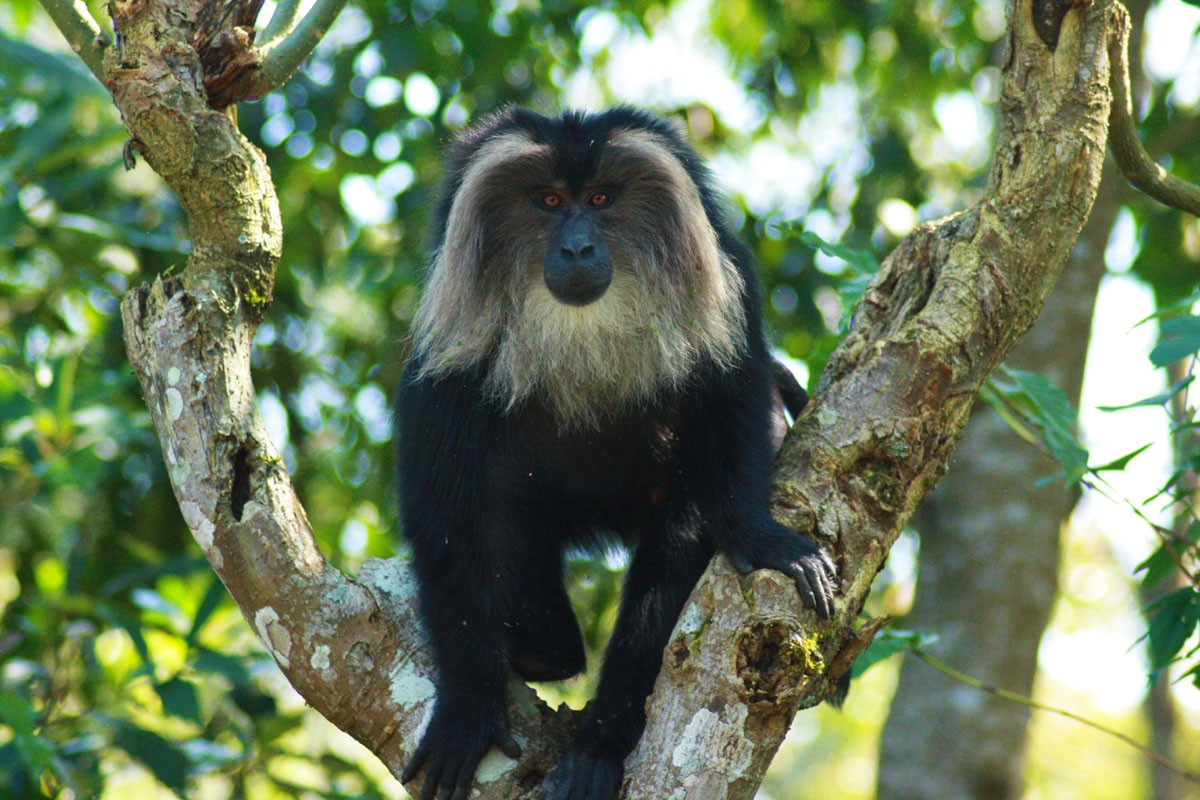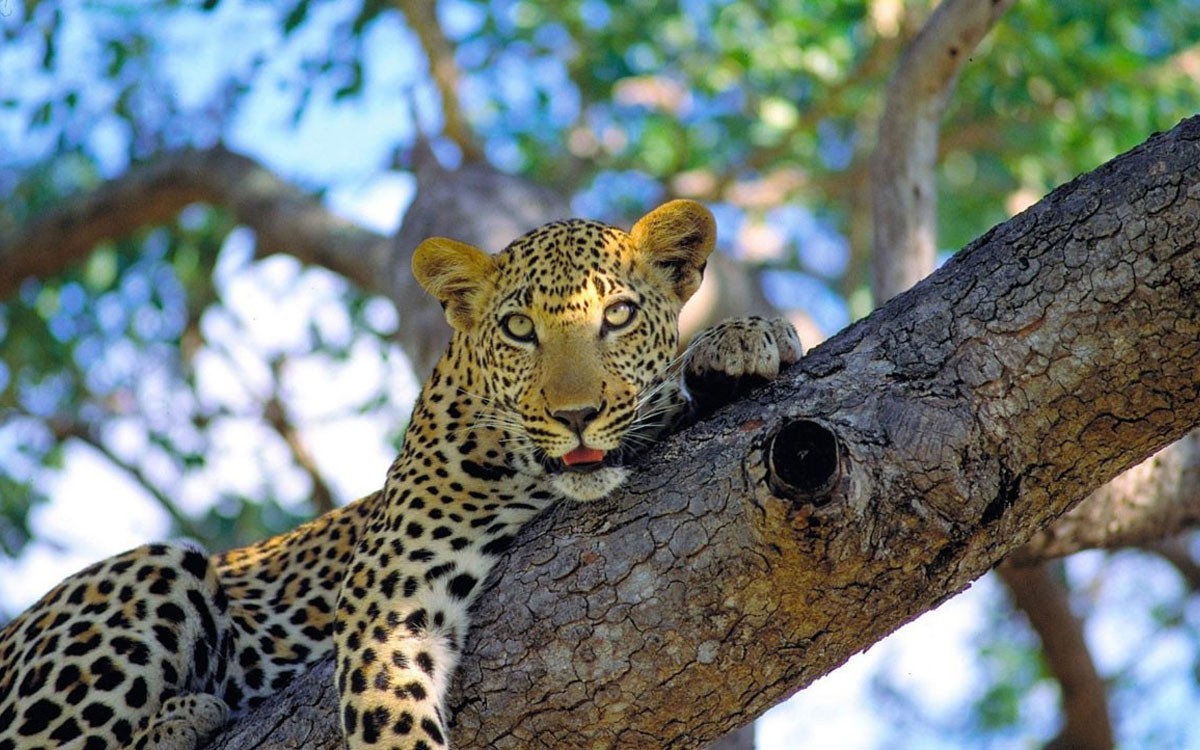
Nagarhole National Park
Nagarhole National Park at a Glance
| IUCN Category | II (National park) IV (Managed Nature Reserve) |
| State | Karnataka |
| District | Kodagu & Mysore |
| Area | 643 Sq. Km. (57, 200ha. The National park is contiguous with Bandipur National park (87,400ha) and Kakankote Reserve Forest (7,500ha) to the South.) |
| Year of Notification | 1988 |
| Special Status | Elephant Reserve |
| Altitude | 700m-957m. |
| Temprature | 14o C-33o C |
| Latitude | 11o 5120”-12o 15’3”N |
| Longitude | 76o 00’-00’ E |
| Rainfall | 1300-1800mm. (June to Sept.) |
| Season | September to May |
| Recommended | |
| Period for Visit | October – May. |
| Nearest Town | Kutta (7 kms)Mysore (80 km) |
| Nearest Railway Station | Krishnarajanagar (70 km) |
| Nearest Airport | Mysore ( km) |
Introduction of Nagarhole National Park: Nagarhole national park, the enchanting 247 square-mile park in Karnataka has an astonishing abundance of wildlife including large mammals such as tiger, leopard, wild elephant, dhole (Indian wild dog), and gaur (Indian bison). Other species present are chital spotted deer, muntjac (barking deer), mouse deer, four-horned antelope, wild boar, sloth bear, hyena, mongoose, civet, otter, and more. The landscape is one of gentle slopes and shallow valleys. Dry deciduous forest trees are leafless in the summer rather
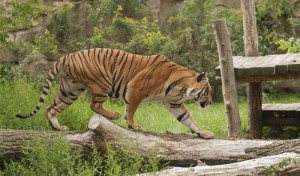
than in the winter. There are grassy swamps where the soil is clayey, perennially moist, and which support a luxuriant growth of green grass all year. The change in terrain throughout the park in refreshing and the river system provides a unique wildlife viewing experience.
Nagarhole National park derives its name from the combination of two Kannada words. ‘Nagar,’ meaning snake, and ‘hole,’ meaning streams. True to its name, quite a few serpentine streams fork through the rich tropical forests of the park. Nagarhole Park was set up in 1955. In 1975, its area was increased to include a greater expanse of forest reserve. The original forest was once an exclusive hunting ground for the erstwhile Maharajas of Mysore. The park has been recently renamed as Rajiv Gandhi NationalPark after the late Prime Minister of India.
Nagarhole National Park is counted among India. s best wildlife parks. It has a large elephant and bison population. It also hosts a variety of animal species along with approximately 250 species of birds. On its northern confines is the Kabini River and on its southern fringes is the Bandipur national park. A dam on the Kabini River and its picturesque reservoir demarcates the two national parks. During the dry season (February. June), this artificial lake attracts a large number of animals, making it an ideal spot for sighting wildlife.
Climate of Nagarhole National Park: The summer (March. May) temperature does not cross the 33°C mark. The brief winter, which lasts from November to January, has temperature plummeting to 14°C. Monsoon is erratic, but it generally rains from June to September.
Flora Nagarhole National Park: The predominant vegetation in the Nagarhole National Park is of southern tropical, moist, mixed deciduous type with a substantial eastern portion intergrading into dry deciduous type. The upper tree canpy is dominated by Terminalia tomentosa is association with Tectonia grandis, Dalbergia latifolia, Pterocarpus marsupium, Lagerstroemia lanceolata, Anogeissus latifolia, Adina cordifolia, Boambax malabaricum, Schleichera trijuga, Ficus sp. and others. The lower canopy has Kydia calycina, Emblica officinalis, Gmelina arborea etc. Several shrubs belonging to Solanum, Desmodium and Helicteres sp. etc. are abundantly found but weedy shrubs like Eupatorium and Lantana now dominate.
Fauna of Nagarhole National Park: The important predators and carnivora in the Nagarhole National Park are tiger, leopard, wild dog (dhole or Cuon alpinus), sloth bear and the hyena (Hyaena hyaena). The herbivores are spotted deer, sambar, barking deer, four-horned antelope (Tetracerus quadricornis), gaur (Bos gaurus), wild boar (Sus scrofa) and elephant. Nagarhole National Park provides an opportunity to see some of the southern population of Gaur (jungle Bison). Also, this park in Karnataka is a good place to see elephants in the luxuriant forests and bamboo thickets which they most enjoy. Their total population in southern India is now about 6500, nearly all living in the area where Karnataka, Tamil Nadu and Kerala adjoin in the shadow of the Western Ghats. Other mammalian miscallany includes the common langur (Presbytes entellus), Bonnet macaque (Macaca radiata), jungle cat, slender Loris (Loris tadigradus), leopard-cat (Felis bengalensis), civet cat (Viverricula indica and Paradoxurus hermaphroditus), mongoose (Herpestes fuscus and Herpestes vitticollis), common otter (Lutra lutra), giant flying squirrel (Petaurista petaurista), giant squirrel (Ratufa indica), porcupine, jackal, mouse-deer (Tragulus meminna), hare and pangolin (Manis crassicaudata). Over 250 species of birds are found at Nagarhole National Park. Besides the enormous variety of woodland birds, there are large congregations of water fowl in the Kabini river. Birds range from blue-bearded bee-eater, scarlet minivet and Malabar whistling thrush to the more common ospreys, herons and ducks.
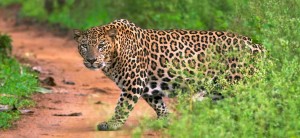
Among reptiles, the marsh crocodile, monitor lizard, rock python and several other species are represented. Aquatic and terrestrial tortoises, frogs, toads and tree frogs and a myriad insects, including some very colourful butterflies, adorn this lovely southern jungle of India.
How to Reach Nagarhole National Park: Nagarhole National park is well connected to adjoining areas of Karnataka. Motorable highways link the park to the towns of Madikere (90 km) and Mysore (96 km) . The journey from both places lasts approximately 2 hours. The nearest well-connected railway junction is Mysore, while the nearest international airport is Bangalore (220 km). Various airlines link Bangalore to the rest of the nation.
Where to Stay in Nagarhole National Park: The Forest Department manages two rest houses, but reservation has to be made well in advance through the Forest Department offices in Mysore or Bangalore to stay here. The Kabini River Lodge near Karapur on the Mysore. Manathavadi highway also has good accommodation facilities.
Travel Tips for Nagarhole National Park: One must arrive at the park gates well before dusk, for the road through the park that leads to the lodges is prone to elephant blocks and closes at 6 pm. Those interested in trekking should avoid visiting the park during monsoons as floods wash out most of its dirt tracks and leeches render trekking impossible.
Best Time to Visit Nagarhole Wildlife Sanctuary: Open year round, the best period being Nagarhole National Park October-May, especially April-May.

